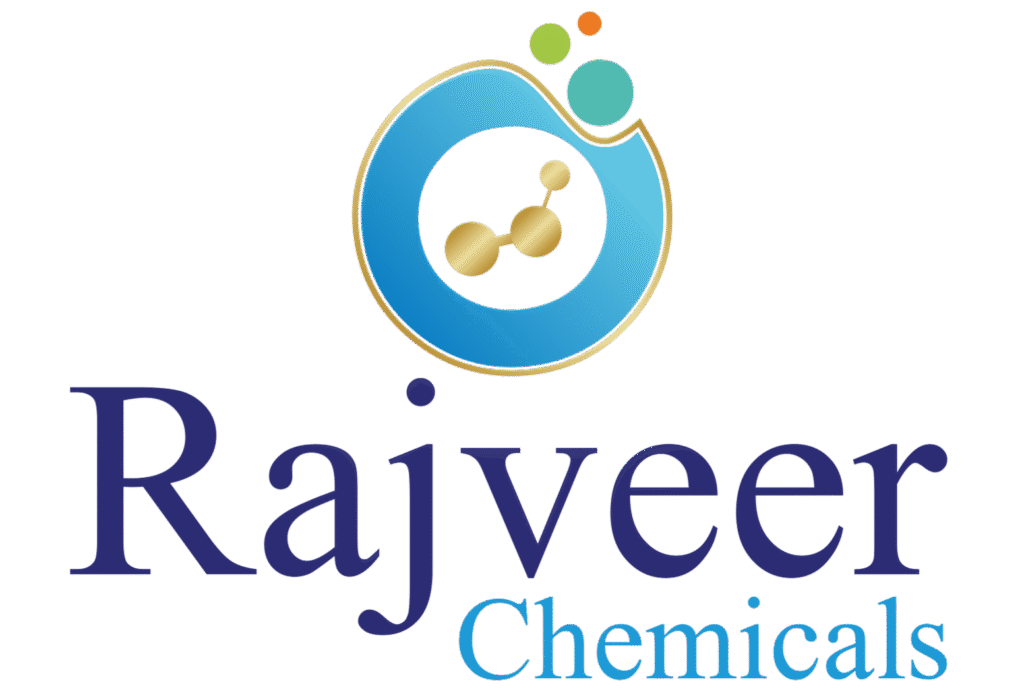Stainless Steel Wire Drawing
High Carbon & Low Carbon
Steel Wire Drawing Powder
Galvanizing Wire Wiping Powder
Galvanizing Flux
Ammonium Chloride, Zinc Chloride
Zinc ash Formation reducing Chemicals
Lead Wiping Chemicals
Electroplating Chemicals
Passivators
Wire Drawing Dies
Electroplating Chemicals
Electroplating chemicals are used to deposit a layer of metal onto a substrate. The substrate is placed in a solution that contains the metal ions, and an electric current is passed through the solution. The metal ions are attracted to the negatively charged electrode, and they are deposited on the surface of the substrate.
There are many different types of electroplating chemicals, each of which is used for a specific purpose. Some of the most common electroplating chemicals include:
- Nickel sulfate: This is the most common electroplating chemical. It is used to deposit a layer of nickel onto a substrate. Nickel is a very hard and corrosion-resistant metal, and it is often used to protect other metals from wear and tear.
- Copper sulfate: This chemical is used to deposit a layer of copper onto a substrate. Copper is a good conductor of electricity, and it is often used in electrical applications.
- Zinc sulfate: This chemical is used to deposit a layer of zinc onto a substrate. Zinc is a very corrosion-resistant metal, and it is often used to protect other metals from rust.
- Gold chloride: This chemical is used to deposit a layer of gold onto a substrate. Gold is a very valuable metal, and it is often used to give objects a luxurious appearance.
- Silver nitrate: This chemical is used to deposit a layer of silver onto a substrate. Silver is a very conductive metal, and it is often used in electrical applications.
Electroplating chemicals can be dangerous, and they should be handled with care. They can cause skin irritation, burns, and respiratory problems. If you are working with electroplating chemicals, it is important to wear safety glasses, gloves, and a respirator.
Electroplating is a versatile process that can be used to improve the appearance, performance, and durability of a wide variety of objects. It is a valuable tool for manufacturers and hobbyists alike.
